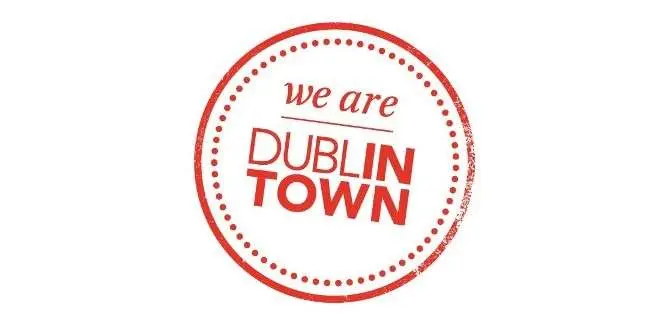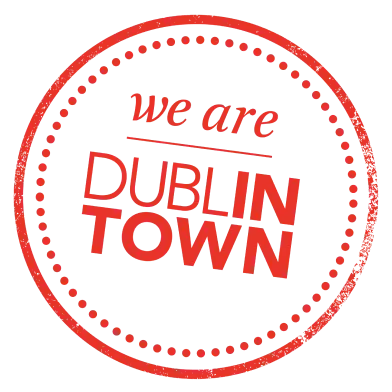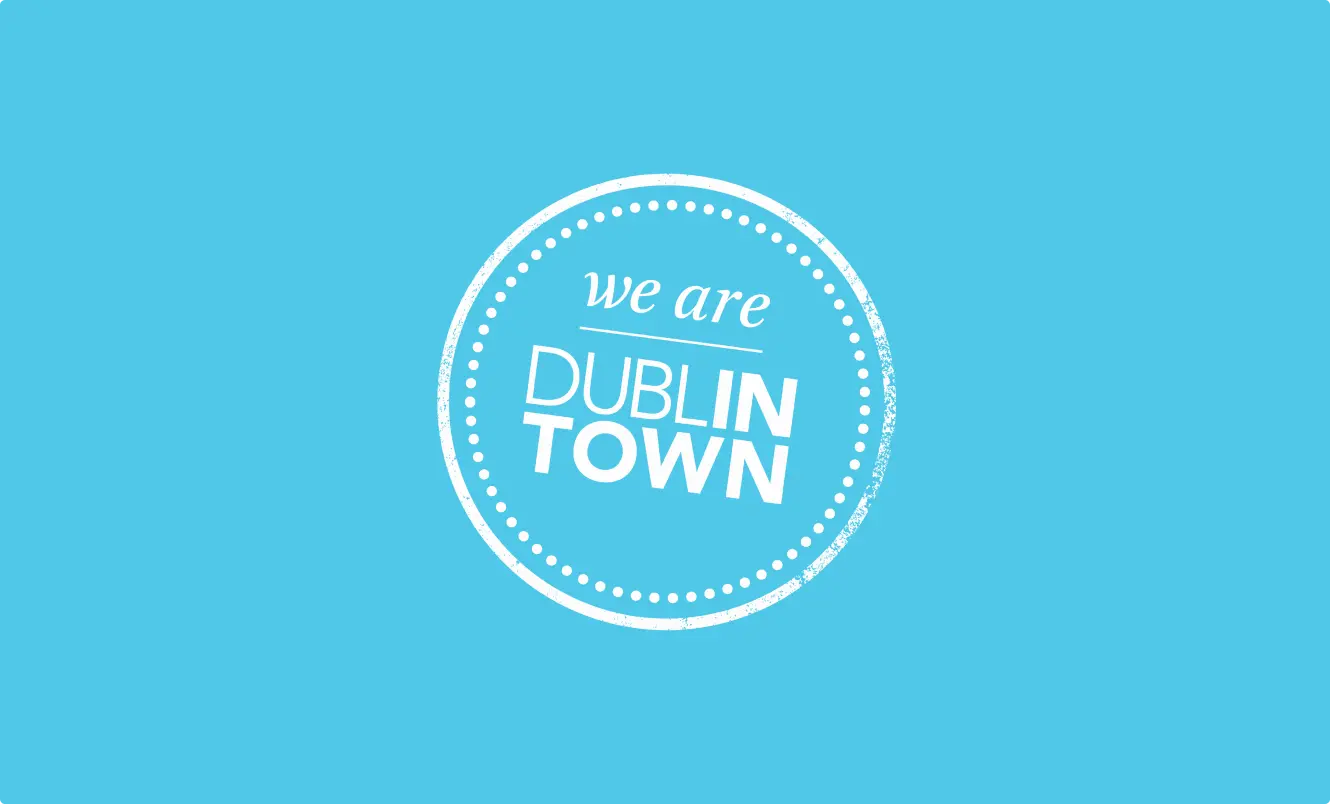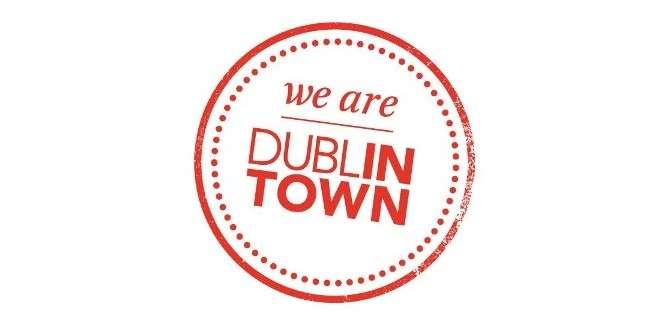DublinTown Preliminary Submission for the New Dublin Development Plan

- Wed 10 March, 2021
DublinTown created a detailed 40 page submission to Dublin city Council for the new Development Plan, which will be the framework for development in the city until 2028. We believe getting this right is crucial to the success of the city for all who work, live and visit the city centre.
Below is an executive summary highlighting the main points of DublinTown’s submission. As the plan is finalised by Dublin City Council, there will be a further round of consultation and we welcome DublinTown members views on their priorities for the city centre.
DublinTown’s full submission can be read here.
Executive Summary
1. We must create a compact, high-quality, environmentally friendly, and well-connected city that generates economic success and socially inclusive neighbourhoods with enhanced, sustainable transport options.
2. The Development plan 2022-2028 will have regard to the current circumstances dictated by Covid 19. However, it is vitally important to remind ourselves that the plan will determine the future direction of city for the 2020’s and beyond and must therefore go beyond behaviours and attitudes informed by the pandemic. The pandemic will pass. While the economic consequences of Covid 19 have been most acutely felt in urban centres, it is anticipated that factors behind city growth including environmental and economic sustainability, will remain post pandemic and that the attractiveness of cities will once again outweigh the draw to local settings.
3. Retail has been in retreat for a number of years. This is due in part to the rise in online retail but of more significance are changes in customer preferences where experiences are preferred over material goods. Increased environmental awareness and waste aversion, particularly amongst Generation Z (late teen, early 20s demographic), are likely to accelerate this trend. Covid 19 consolidated trends that had previously been emerging.
4. We will have increased vacancy within the city and this must be addressed constructively and inclusively to create a city that is relevant for 21st uses.
5. Dublin can remain relevant for its residents and visitors where the right decisions are made. Research demonstrates that customers want to shop and socialise during the same trip. The success of the Creative Quarter has shown that districts with an appropriate balance of unique retail, leisure and hospitality offerings perform most successfully. Pre-Covid, Dublin’s footfall was declining pre-5pm but increasing post 5pm. Therefore, we should facilitate increased evening and night-time activity within the commercial core. We should actively link and cross-promote the city’s retail, hospitality, leisure and cultural/entertainment offerings.
6. In the development of the Evening & Night Time Economy (ENTE), DublinTown believes that consideration must be given to the protection of the agent of change together with cultural and entertainment uses. We believe that changes to licensing laws should be considered to facilitate the economic viability of smaller venues which have an important role in the development of live music and entertainment opportunities.
7. Cities tend to have a good balance of retail and hospitality uses. This is the primary reason why the cities have continuously grown market share at the expense of shopping centres, Dublin has followed this trend with the city growing market share against the M50 ring in recent years. While retail visits have declined, overall city centre footfall has remained static. DublinTown believes that categorisation of streets as Category 1 and 2 retail streets is now obsolete and must be changed to develop mixed use districts. This will allow us to create a city brand with related district sub-brands.
8. The pandemic has categorically demonstrated the importance of the city’s office workers for the retail and hospitality trades. Two-thirds of office workers regularly shop in the city. It is estimated that 60% of office workers will return to the city. This level of office occupancy would allow us maintain an adequate baseline trade within the city. We further believe that a return to the office would have benefits for relevant employers and employees.
9. DublinTown favours increased residential uses within the commercial core. DublinTown advocates that commercial uses be maintained at ground and first floor levels to maintain commercial vibrancy. We also believe that there is scope for developing residential uses in currently under-utilised city lanes. There is a need to carefully plan the positioning of residential units to avoid conflicts with evening and night-time activities. There is scope for designing Living over the shop (LOTS) schemes and changing incentives to make them more attractive. Incentives to re-introduce independent street access to upper floors of commercial buildings may prove beneficial. The conflicts between conservation priorities and modern building and safety standards also needs to be addressed in an open and honest manner.
10. Increased emphasis must be given to sustainable transport. The timescale for the delivery of the National Transport Authority’s (NTA) programme to 2035 must be consolidated into a tighter time period with the simultaneous roll out of enhanced transport options. There is scope for increasing bicycle use for commuters through enhanced safe, segregated cycle routes. At present car use is higher and public transport use lower amongst commuters than amongst customers. To facilitate the anticipated growth in the ENTE, DublinTown believes that Dublin should have a 24-hour public transport system.
11. DublinTown supports the creation of pedestrian zones within the city. The creation of such pedestrianised zones is overwhelmingly supported by the public and by a significant majority of businesses. As people are reluctant to walk more than 250m and very unlikely to walk more than 500m from where they alight from public transport, serious consideration needs to be given to the placing of bus stops currently on College Green and Dame Street, where the district is pedestrianised.
12. The Dublin One and Creative Quarter projects show how we can create inclusive long-term strategic plans and also how we can imaginatively address vacancy.
13. DublinTown advocates a better blending of commercial buildings into the public domain to create a more welcoming environment. This would include outdoor seating, parklets and use of shared space.
14. A key barrier to the success of the city is the very poor perception of public safety within the city, particularly at night. This must be addressed a strategic priority rather than as an operational matter. Crime Prevention Through Environmental Design (CPTED) principles are being used around the world to make city spaces safer and more welcoming. DublinTown believes that these principles should be incorporated into public and private development in the city.
15. If Dublin is to maintain a level of growth and continue to be a destination of choice, not just for investment, but as a city in which people want to live, work and visit then Dublin city must invest in improving its “Quality of life”. Particular focus must be given to housing, livability and recreational opportunities including socialising, entertainment and retail.
16. Dublin is not over-touristed. This is borne out when Dublin’s tourist numbers are compared to other European destinations. Even at peak periods tourists comprise no more than 6-7% of total city footfall. The use of private accommodation for tourism purposes should be appropriately regulated.
17. Doing the right thing environmentally means doing the right thing economically. The public in general and Gen Z in particular, wish to see a clear programme to address climate change and a move towards a low carbon economy. DublinTown believes that we should invest in Green Infrastructure. More planting can help mitigate against flooding and water ingress to buildings apart from the benefit of improving the aesthetics and air quality of a street. DublinTown believes that planting should include pollinating flowers and shrubs and trees to assist in carbon capture. Dublin Town supports measures to assist businesses migrate to renewable energy options including solar and wind. We see a role for technology usage in achieving these objectives.
18. The provision of public toilets and the success of the Dublin Bike scheme demonstrate that Dublin is capable of providing and maintaining services that people want. We should not avoid providing required services such as public seating for fear that they may be occasionally mis-used.
19. DublinTown supports increased urban density. This does not necessarily equate to increased height. However, there are occasions where increased heights may be appropriate. We do not advocate increased building heights within the commercial core.
20. DublinTown supports the Built Heritage Investment Scheme (BHIS) and Historic Structures Fund (HSF). Diverse business types have made homes in the city’s Georgian, Victorian and early 20th century buildings. South William Street is an example of this. Dublin Town supports the principles of the city’s Architectural Conservation Area schemes and list of protected structures.
21. The aspiration to create a “15 minute city” is a laudable but we would be naïve to expect this aim to be achieved in the immediate future. We must be conscious of the spread of the city over the last 50+ years far beyond the canal boundaries and into other local authority areas.
22. In addition to accelerated investment in the public transport network, including the use of zero emission vehicles, DublinTown believes that we should promote last mile and shared delivery using zero emission vehicles. Hydroponics can be used successfully and cost-effectively for concentrated vegetable growth indoors, in areas like storage units, basements and under-utilised carparks. Vegetables could then be sold and delivered to city restaurants using emission free vehicles, creating a sustainable, low carbon supply chain for fresh food. We believe that emission free commercial vehicles should be allowed use bus lanes off peak to encourage the migration to these vehicles.
23. An analysis of relative performance of the north and south side commercial cores during the pandemic shows that the north side fared better. This is attributable to the fact that tourist spend is 5 times greater on the southside and office concentration is also greater on the south side. The absence of office workers was keenly felt by retail and hospitality businesses. In addition, there is a greater concentration of residential uses adjacent to the north side core. This provided a small but steady footfall on streets with food and pharmacy offerings during lockdown.


